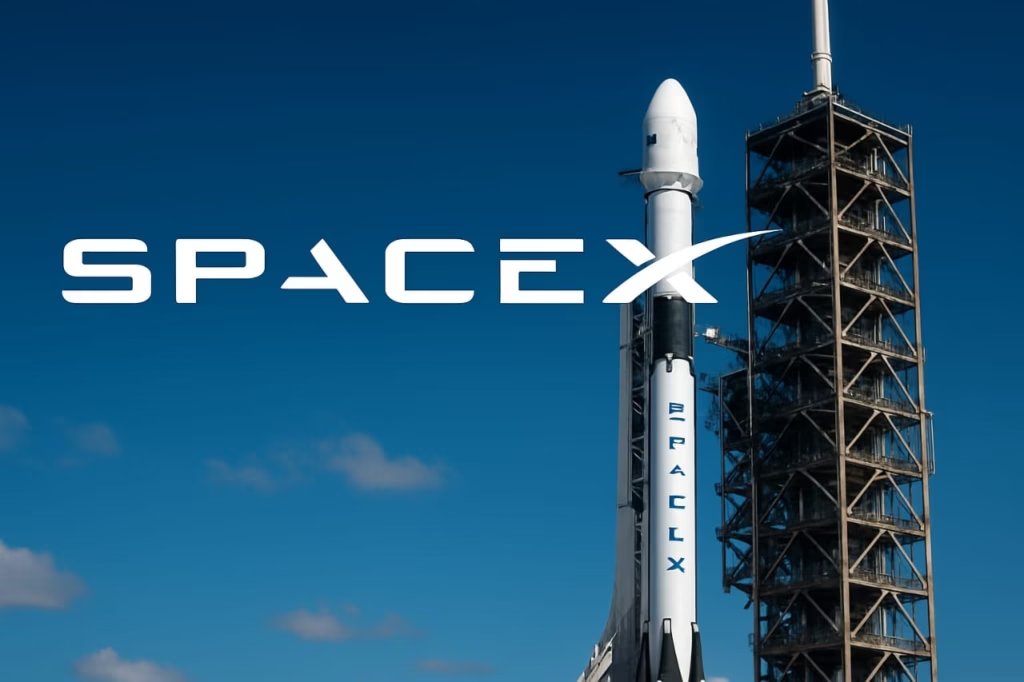SpaceX is always ready to push the boundaries of rocket engineering. With SpaceX Starship Flight 10, Elon Musk’s company once again showed why it is at the top of the conversation about reusable rockets and next-generation space flight. This mission was not just about reaching the skies, but focused on daring experiments that could change the face of interplanetary travel in the future.
Background: The Significance of Flight 10
SpaceX has conducted several test flights of Starship over the past few years. Each time, the results have been better than the last. Some flights ended in fiery explosions, while others raised new hopes. But Flight 10 was a game-changer—because it was not just about reaching orbit, but about showing whether Booster 16 could do a big flip and land safely—even if some of its engines were intentionally shut down.
For SpaceX, this wasn’t just another test. It was a chance to prove that Starship can handle difficult conditions and unexpected malfunctions. And that’s exactly what’s needed if this rocket is to truly deliver astronauts, satellites, and cargo to the moon and Mars.
The Flip Maneuver: Controlled Chaos
The most surprising part of the test was the booster flip. Imagine a 230-foot-tall booster suddenly rotating in midair and going from a climbing position to a landing position. It might seem impossible at first, but it’s a must for SpaceX.
Because Starship boosters are designed to be used again and again, they must change direction mid-flight when they need to land again on Earth (or other planets later). The goal of Flight 10 was to take this flip a step further—to see if Booster 16 could do this move quickly and smoothly without losing control.
Engine-Out Landing: Simulating Real Emergencies
Perhaps the most powerful part was the engine-out landing test, in which SpaceX engineers deliberately shut down one of the booster’s middle engines just before landing. The purpose was clear—to see if Booster 16 could maintain balance and land safely despite the loss of thrust.
This was no show-off. In real missions, an engine can fail at any time. And if Starship is to carry humans millions of miles in the future, it must prove that it can succeed even in the worst conditions. A successful engine-out landing testifies to the fact that the system is robust, can adjust to the situation, and is reliable.
Why SpaceX Took the Risk
On the surface, it seems crazy to shut down the engine in the middle of a test. Anyone would say – hey man, this is a direct danger! But the real thing is that one has to take such risks to come up with new ideas.
SpaceX deliberately put Booster 16 in such a condition as if something really went wrong. This gave them a chance to understand how the rocket reacts when everything does not go according to plan.
The learnings from this will make the upcoming missions stronger. Imagine what would happen if the engine actually failed in the middle of a flight? This test shows that Starship can still recover. And this is what can save billions of dollars worth of rockets, as well as the lives of those who will be flying in them.

Challenges and What Could Have Gone Wrong
To be fair, such tests are risky. If the flip went wrong, Booster 16 could have gone completely out of control. And if the engine-out landing hadn’t gone as planned, the accident could have been catastrophic. Yes, it would have provided data, but the stakes were very high—not just on a technical level, but also in the eyes of the public.
That’s why the success of SpaceX Starship Flight 10 is being considered such a huge achievement. It wasn’t just about experimenting, but it was an opportunity to prove to everyone that success can be achieved even at risk.
Implications for the Future
So now the question is, what does this mean for the future? In fact, the success of SpaceX Starship Flight 10 has brought the company closer to making a fully reusable rocket. This is no small achievement, as it can reduce the launch cost tremendously. And this change is going to have a huge impact in the times to come:
- The implications of this success are now becoming clear. First, the deployment of Starlink satellites requires consistent and reliable booster landings, and the success of SpaceX Starship Flight 10 gives great hope in this regard.
- Second, NASA’s Artemis program also depends on it, which will use Starship to transport astronauts and cargo to the Moon in the future.
- And finally, Elon Musk’s biggest dream—establishing a colony on Mars. The engine-out flexibility to reach there and survive is the factor that will decide the difference between success and failure.
Simply put, Flight 10 wasn’t just a test—it was a trial run for space exploration to come.
Conclusion:
By performing a flipped and engine-out landing with Booster 16, SpaceX showed again that they know how to take risks today to build the technology of the future. SpaceX Starship Flight 10 demonstrated not just rocket science—it also demonstrated confidence, adaptability, and vision.
For SpaceX, every test gets us one step closer to making humanity a multiplanetary species. And if Flight 10 is any indication, that future is closer than we think.
Also read:
The most powerful rocket ever built is set for its next test. Here’s why some experts are worried












